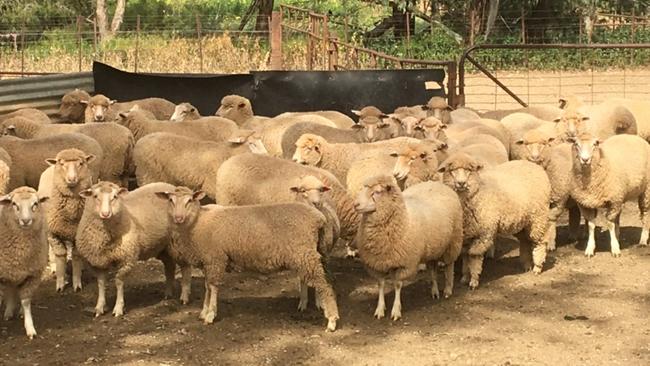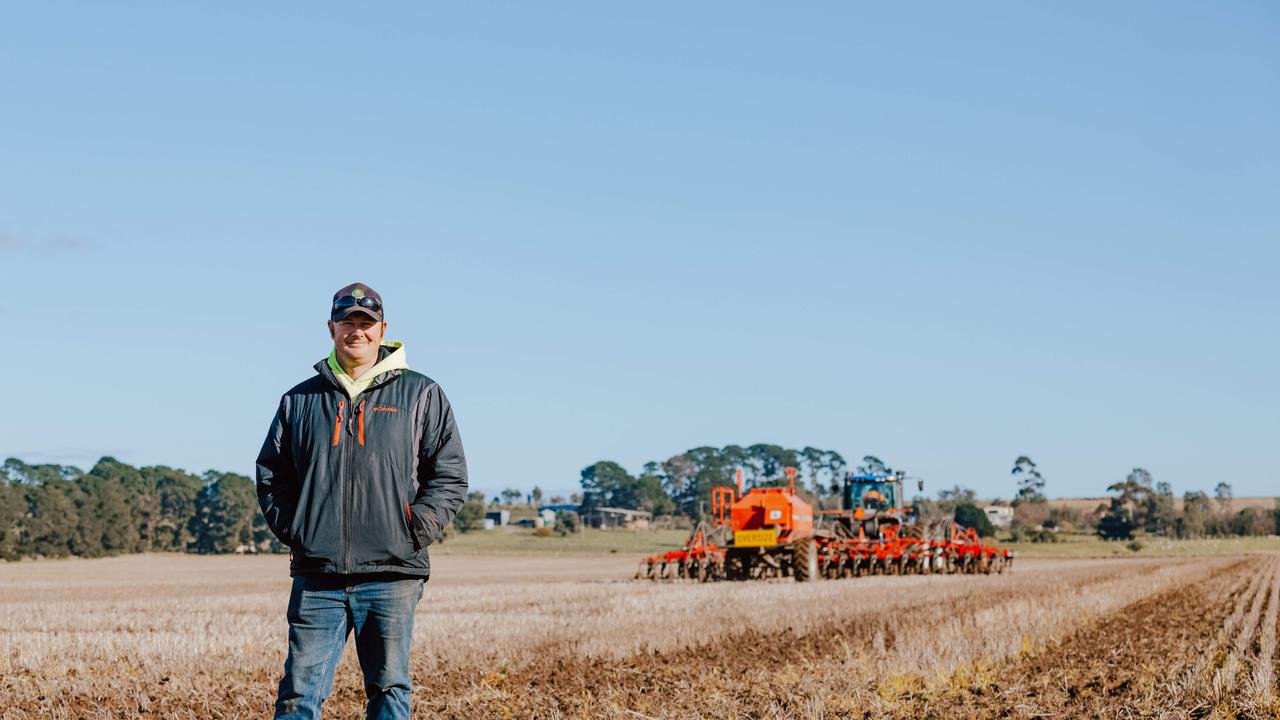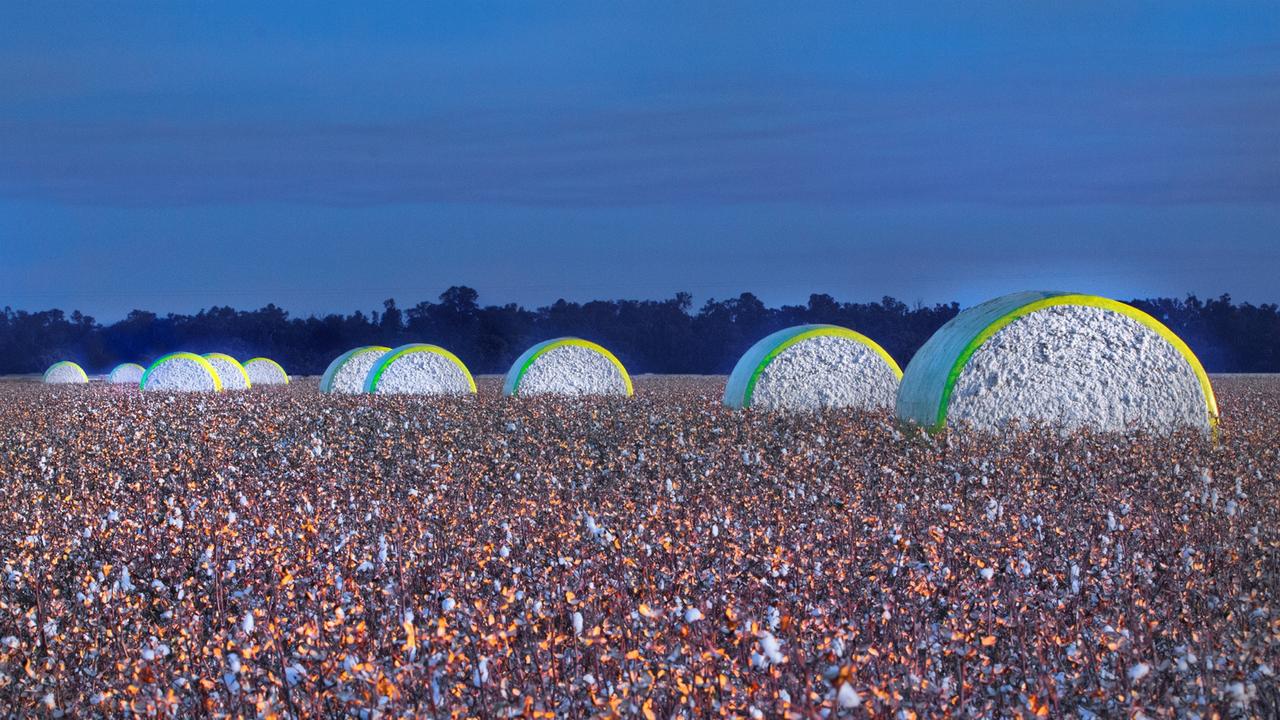Delivering strong yields despite less in-crop rainfall than usual
Input management and zero-till farming have helped produce an impressive harvest with minimum rainfall for a Riverina family. See their results.
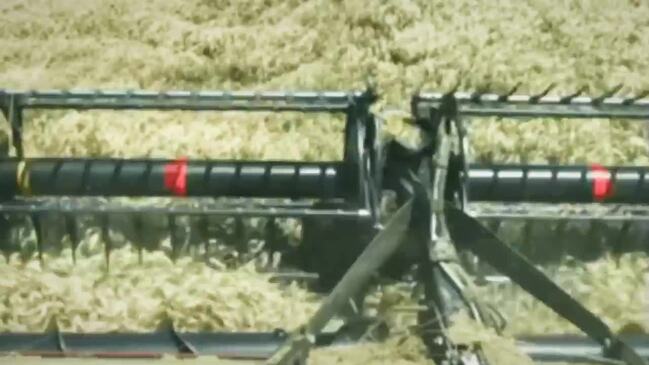
Pushing farming systems to the limits to achieve high yields, even with minimal in-crop rainfall, highlights the success of a prime lamb and cropping operation in southern NSW.
The Ingold family farm at Dirnaseer in the north-east Riverina typically receives an average annual rainfall of 510mm.
For the 2024 season, they were able to achieve yields of up to 9 tonnes/ha for wheat on as little as 241.5mm of in-crop rainfall from April to October.
Careful management and a zero-till approach have helped to achieve some impressive goals for Derek and Susan Ingold, who farm with their son Alexander and his wife Carla.
The property, Ingola, is 30km south-east of Temora and has an enterprise mix of winter crops and prime lambs.
The country consists of red loam through to some gravel ridges and all up they are farming just shy of 2750ha and the mix is 60 per cent cropping and 40 per cent livestock.
“Last year our rainfall was quite low, we ended up growing crops on a little more than half the usual in-crop rainfall,” Derek said.
They grow canola and wheat and in the past couple of years they have added faba beans to the mix to help control ryegrass and act as a double break crop.
“The faba beans have been performing quite well and they help to control ryegrass,” he said.
Faba beans are often followed by canola the following year in the rotation.
They grow 50 per cent cereal and 35 to 40 per cent canola with the balance faba beans.
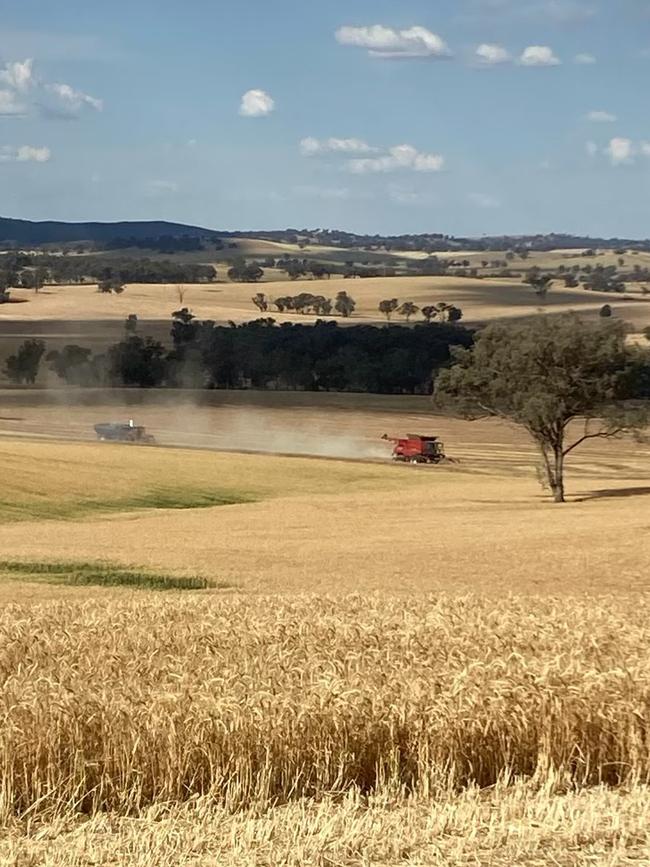
ZERO-TILL AND STUBBLE RETENTION
In 2012, they transitioned to a zero-till farming system with full stubble retention.
The aim was to conserve soil moisture and prevent soil erosion.
“At the time my son and I decided to bite the bullet and we went to the disc system,” he said.
“That was the only way we could sow into heavy straw.”
The crops have benefited and they aim for yields of 5 to 6 tonnes/ha for wheat, and some paddocks have yielded as high as 9 tonnes/ha, even as recently as last year when the rainfall was limited. The 2024 average was 6.3 tonnes/hafor wheat.
Canola crops regularly achieve yields of 2.5-3.5 tonnes/ha with the average last year of 2.7 tonnes/ha.
“We had a 120ha block that was going over 9 tonne (a hectare) last year,” he said.
The crops are planted on 7.2-inch (about 18cm) row spacings, and they are using a John Deere 1890 disc seeder.
The program starts with the sowing of grazing wheat in late March through to early April, and then they move onto the canola.
“We are all hybrid and Clearfield varieties,” Derek said.
The aim is to have sowing complete by May 20.
Derek said they work on the premise of conserving soil moisture and budgeting for good coverage with the stubble from the previous crop.
He said nutrients that were in the straw or trash were beneficial and they had moved from burning stubble.
Despite adopting the zero-till system they have also maintained the prime lamb enterprise.
BALANCING CROPS AND LIVESTOCK
Derek said there was some research that found if the ground cover was maintained at a level of 3-4 tonnes/ha, the compaction issues from sheep was not a major factor. However, this might be different if they were running cattle.
“Before we found the research data about stubble retention and livestock, we did reduce our stock numbers, but after learning about the data, it gave us confidence to graze our stubbles mainly with the mature ewes,” he said.
The Ingolds currently run 1000 Merino ewes that are joined to maternal composite rams. Then the first-cross ewe progeny is retained and joined to a terminal composite ram to produce second-cross prime lambs. They are running 2500 first-cross ewes.
The move from a Merino focus to composites was made more than 10 years ago so they could target the prime lamb market.
Derek said finishing stock for the prime lamb market was purely an economic decision and it worked in well with the winter cropping.
The lambs are finished on lucerne and grazing crops.
By maintaining stubble at an adequate threshold, they have been able to retain the lamb enterprise and continue to run both winter crops and livestock without any concerns about soil compaction or undoing the benefits of the zero-till system.
By using grazing crops, they are able to grow the second-cross prime lambs out to export weights, 30kg to 35kg dressed weight, and market them over-the-hooks.
“We lamb in August, and hopefully, we then get some rainfall that carries the lambs through the summer months,” Derek said.
To keep the crops clean and maintain soil moisture controlling weeds is a crucial step in the process.
“We start spraying as soon as weeds present themselves post harvest and often that means allowing two sprays before sowing,” he said.
“We rely on sprays (herbicides) and we rotate our crops and our chemical groups so we don’t have any major weed problems.”
Derek said big yields were essential to manage growing input costs.
“You have to have big yields to manage the inputs,” he said.
In addition to managing weeds keeping a lid on sclerotinia was also something that helped to maintain success with canola crops.
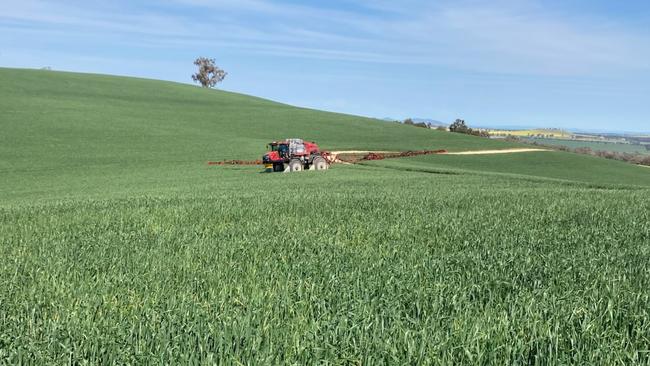
WEED AND DISEASE CONTROL
“We have to manage for sclerotinia and use fungicides,” Derek said.
“We always spray our canola for sclerotinia at the 20 to 30 per cent flowering stage.”
The 2024 season wasn’t without challenges and after a dry year there was what Derek described as “inconvenient rain” at harvest.
About 80mm fell late in the season in November and December and the concern was about crop quality.
The farming operation has experienced significant growth over the years with the Ingolds starting out on around 344ha (850 acres) back in the 1960s.
From 2000 onwards there was a more accelerated period of expanding of the landholding.
“We are still growing if the right options become available,” Derek said.
The farm work is mostly a family operation and they do employ a farm hand and also have casual employees during the peak times such as harvest to drive the chaser bins or trucks.
The Ingolds have been regular entrants in the AgShows NSW crop judging competition and Derek said there was a lot to learn by looking at other crops in the district.
“I find it useful and you are always learning things,” he said.
This year Stephen and Michelle Derrick of Temora had the winning wheat crop in the southern region and the Ingolds were second, and competition judge and longtime agronomist Frank McRae from Orange in NSW said the southern growers were to be commended on the quality of crops given the limited rainfall.
He said they were growing outstanding crops on about half of their average in-crop rainfall.
More Coverage
